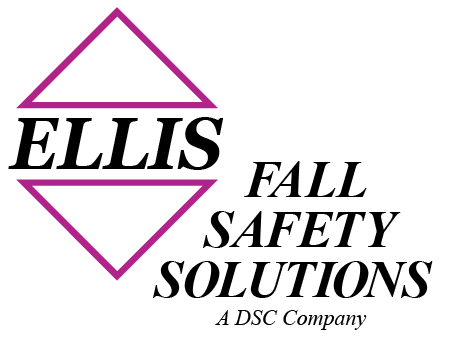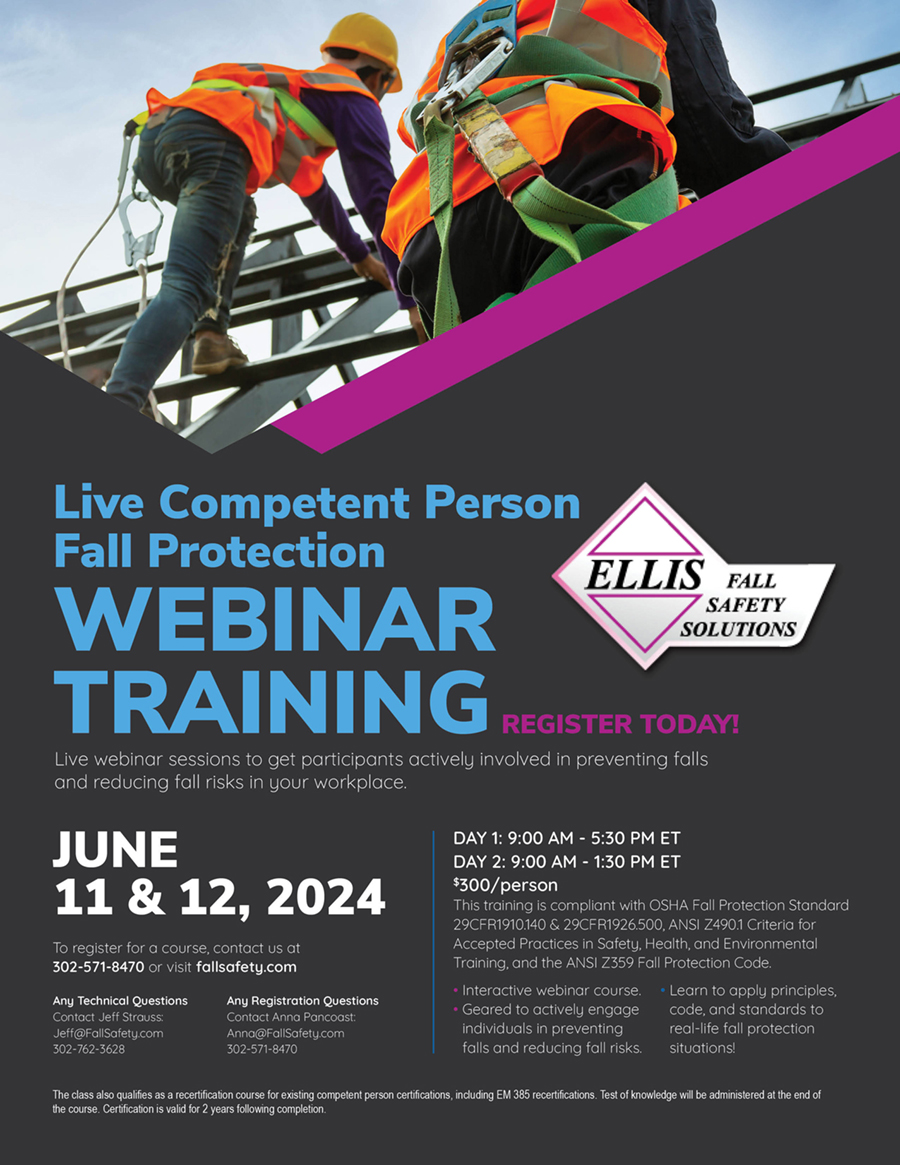Unless the fall event occurs directly underneath the horizontal lifeline, additional lateral loadings will be produced in the anchorages due to offset from the lifeline centerline. The magnitude of these forces is directly related to the offset distance and should be set equal to the maximum vertical load encountered in the line for the total number of workers on the system. This load shall be applied in either direction at the end anchorage for analysis and design purposes.
Termination hardware and other accessories also should be checked against the anchorage load to be certain that the entire fall arrest system meets OSHA requirements.
See “Introduction to Fall Protection, 4th Edition” page 301.
Order your copy of “Introduction to Fall Protection, 4th Edition” today. This invaluable resource will take you from the structure design stage to post construction maintenance. Click to find out more!

